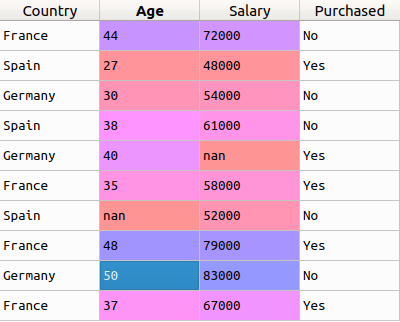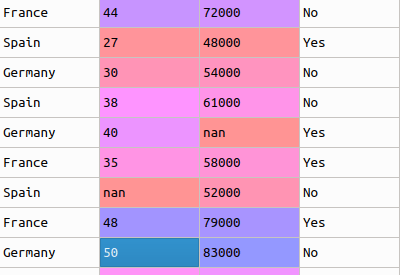When you?re working on a model and want to train it, you obviously have a dataset. But after training, we have to test the model on some test dataset. For this, you?ll a dataset which is different from the training set you used earlier. But it might not always be possible to have so much data during the development phase.
In such cases, the obviously solution is to split the dataset you have into two sets, one for training and the other for testing; and you do this before you start training your model.
But the question is, how do you split the data? You can?t possibly manually split the dataset into two. And you also have to make sure you split the data in a random manner. To help us with this task, the SciKit library provides a tool, called the Model Selection library. There?s a class in the library which is, aptly, named ?train_test_split.? Using this we can easily split the dataset into the training and the testing datasets in various proportions.
There are a few parameters that we need to understand before we use the class:
- test_size ? This parameter decides the size of the data that has to be split as the test dataset. This is given as a fraction. For example, if you pass 0.5 as the value, the dataset will be split 50% as the test dataset. If you?re specifying this parameter, you can ignore the next parameter.
- train_size ? You have to specify this parameter only if you?re not specifying the test_size. This is the same as test_size, but instead you tell the class what percent of the dataset you want to split as the training set.
- random_state ? Here you pass an integer, which will act as the seed for the random number generator during the split. Or, you can also pass an instance of the RandomState class, which will become the number generator. If you don?t pass anything, the RandomState instance used by np.random will be used instead.
As an example, let?s consider the same dataset that we?ve considered in our previous examples. I?ve given it here for reference:

We split this into two different datasets, one for the independent features ? x, and one for the dependent variable ? y (which is the last column). We?ll now split the dataset x into two separate sets ? xTrain and xTest. Similarly, we?ll split the dataset y into two sets as well ? yTrain and yTest. Doing this using the sklearn library is very simple. Let?s look at the code:
from sklearn.model_selection import train_test_splitxTrain, xTest, yTrain, yTest = train_test_split(x, y, test_size = 0.2, random_state = 0)
As you can see from the code, we have split the dataset in a 80?20 ratio, which is a common practice in data science. For a change, I?ll not give the output here. Try this out for yourself and see how the new datasets are.
Follow me on Twitter for more Data Science, Machine Learning, and general tech updates. Also, you can follow my personal blog as I post a lot of my tutorials, how-to posts, and machine learning goodness there before Medium.
If you like my posts here on Medium or on my personal blog, and would wish for me to continue doing this work, consider supporting me on Patreon.


